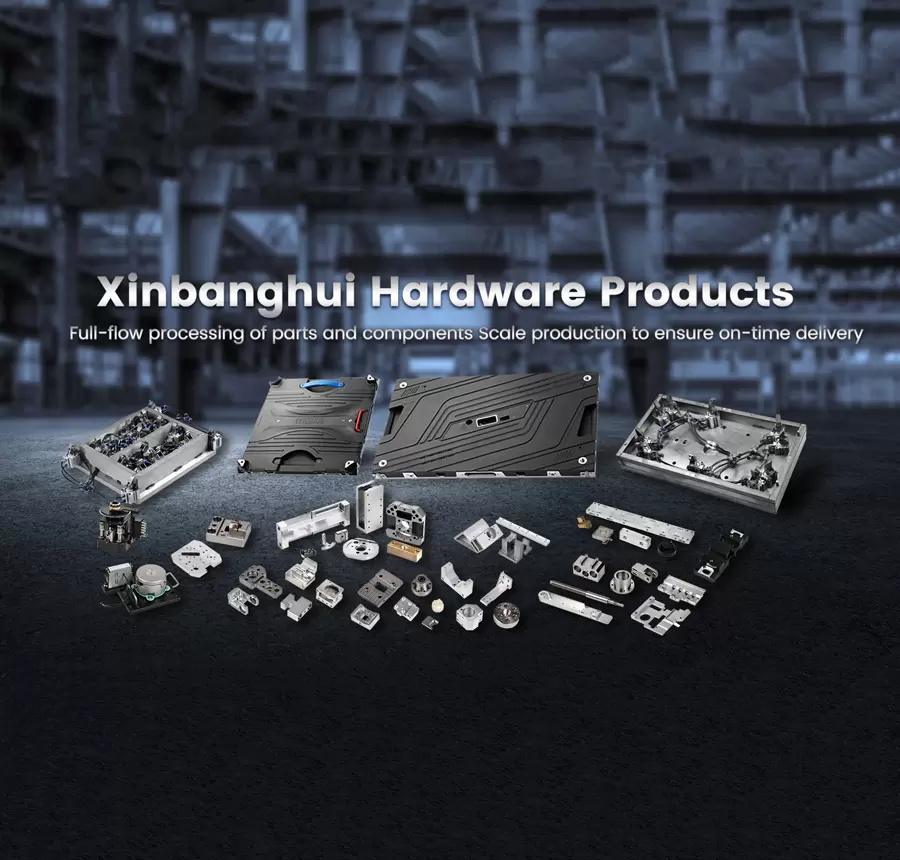Navigating the Maze: A Comprehensive Guide to Effective Problem Troubleshooting
In today’s fast-paced world, encountering problems is an inevitable part of both personal and professional life. Whether you are a seasoned engineer, a project manager, or simply someone trying to fix a household appliance, knowing where to start when troubleshooting a problem can significantly enhance your efficiency and effectiveness. This article aims to provide a structured approach to problem-solving, ensuring that you can tackle issues methodically and with confidence.
Understanding the Nature of the Problem
Before diving into solutions, it is crucial to understand the problem at hand. This involves several key steps:
- Define the Problem Clearly: Articulate the issue in specific terms. Instead of saying, The system is down, specify, The database server is not responding to queries. A clear definition helps in narrowing down potential causes.
- Gather Relevant Information: Collect data related to the problem. This may include error messages, logs, user reports, or any other pertinent information. The more context you have, the easier it will be to identify the root cause.
- Identify Stakeholders: Determine who is affected by the problem and who may have insights into it. Engaging with stakeholders can provide additional perspectives and information that may not be immediately apparent.
Analyzing the Problem
Once you have a clear understanding of the problem, the next step is analysis. This can be broken down into several layers:
- Root Cause Analysis (RCA): Utilize techniques such as the 5 Whys or Fishbone Diagram to drill down to the underlying cause of the issue. This step is crucial; addressing symptoms without identifying the root cause may lead to recurring problems.
- Prioritize Issues: If multiple problems arise, prioritize them based on impact and urgency. This helps in focusing your efforts on what matters most and can prevent overwhelm.
- Develop Hypotheses: Formulate potential explanations for the problem based on the information gathered. This step encourages critical thinking and creativity, allowing you to explore various angles before jumping to conclusions.
Implementing Solutions
With a solid understanding and analysis of the problem, you can now move on to implementing solutions. Here’s how to approach this phase:
- Brainstorm Solutions: Collaborate with your team or stakeholders to generate a list of possible solutions. Encourage open dialogue and consider all ideas, regardless of how unconventional they may seem.
- Evaluate Solutions: Assess the feasibility, cost, and potential impact of each proposed solution. This evaluation should consider both short-term fixes and long-term resolutions.
- Test Solutions: Implement the most promising solution on a small scale to gauge its effectiveness. This pilot approach minimizes risk and allows for adjustments before a full rollout.
Monitoring and Reviewing
After implementing a solution, it is essential to monitor its effectiveness and review the overall process:
- Track Outcomes: Measure the results of the implemented solution against the defined problem. Use metrics and feedback to assess whether the issue has been resolved.
- Document the Process: Keep a record of the problem, analysis, solutions considered, and the final outcome. Documentation not only aids in future troubleshooting but also serves as a valuable knowledge base for your team.
- Reflect and Learn: After resolving the issue, take time to reflect on the process. What worked well? What could have been done differently? Continuous improvement is key to becoming more adept at troubleshooting.
Conclusion
Troubleshooting is an essential skill that can be honed through practice and structured approaches. By clearly defining the problem, analyzing it thoroughly, implementing thoughtful solutions, and monitoring outcomes, you can navigate the complexities of problem-solving with greater ease. Remember, every problem is an opportunity for learning and growth. Embrace the challenge, and you will not only resolve issues more effectively but also enhance your overall problem-solving capabilities.




